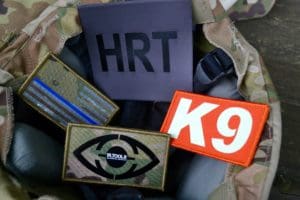If you’re looking to make your vehicle more identifiable to thermal sensors in the sky, installing thermal film is a quick and easy solution. The process is similar to installing vinyl decals, and with a few simple steps, you can have your vehicle ready to be detected by thermal cameras.
Materials Needed:
– Thermal film (either extreme or clear)
– Scissors, CNC cutter, Laser Cutter
– Water and soap solution
– Squeegee
Steps to Install Thermal Film on a Vehicle
Step 1: Prepare the Surface
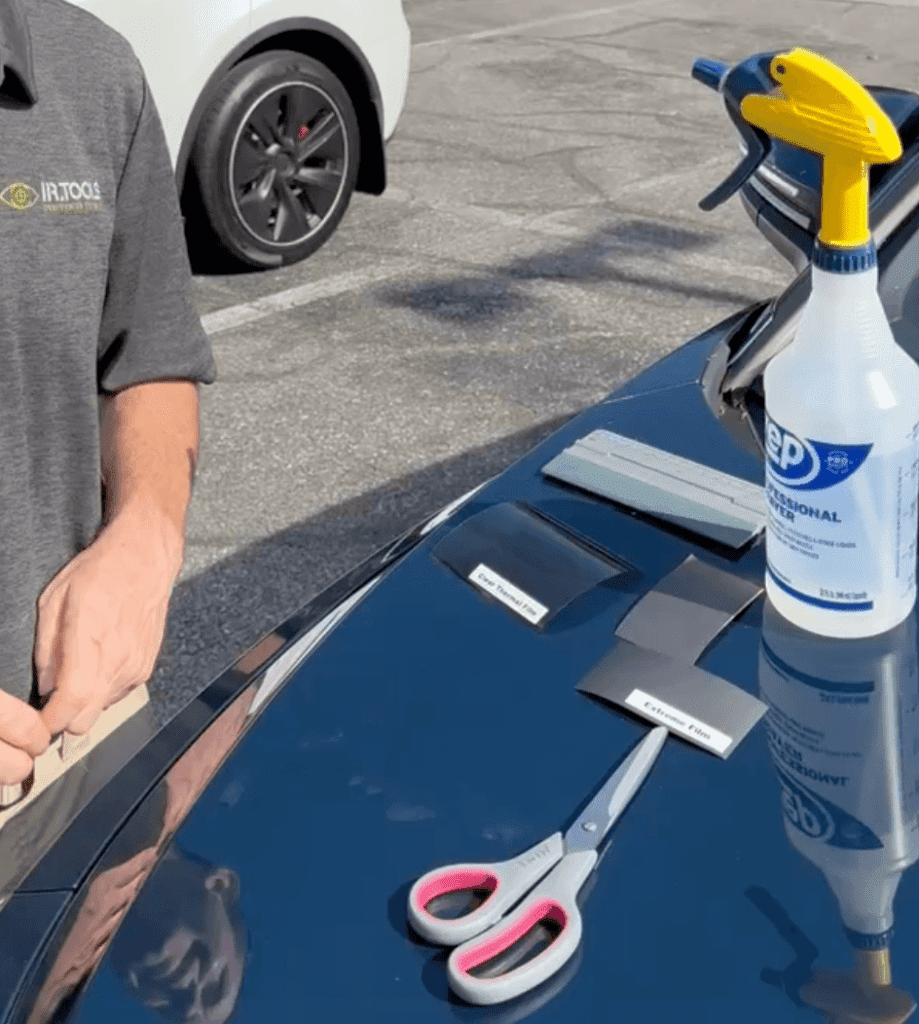
Make sure the area where you’ll be applying the thermal film is clean and dry. This will ensure the best adhesion.
Step 2: Cut the Thermal Film
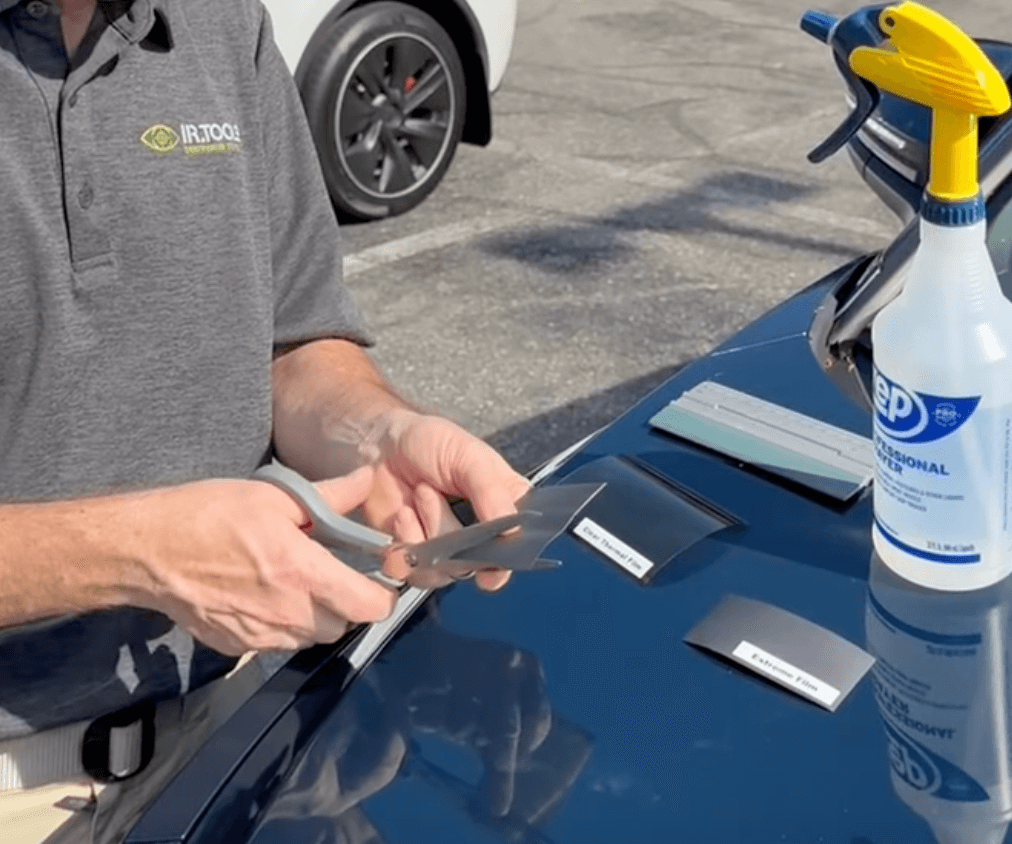
Cut the thermal film to the desired size and shape for your vehicle. This will make it easier to apply.
Step 3: Wet the Surface
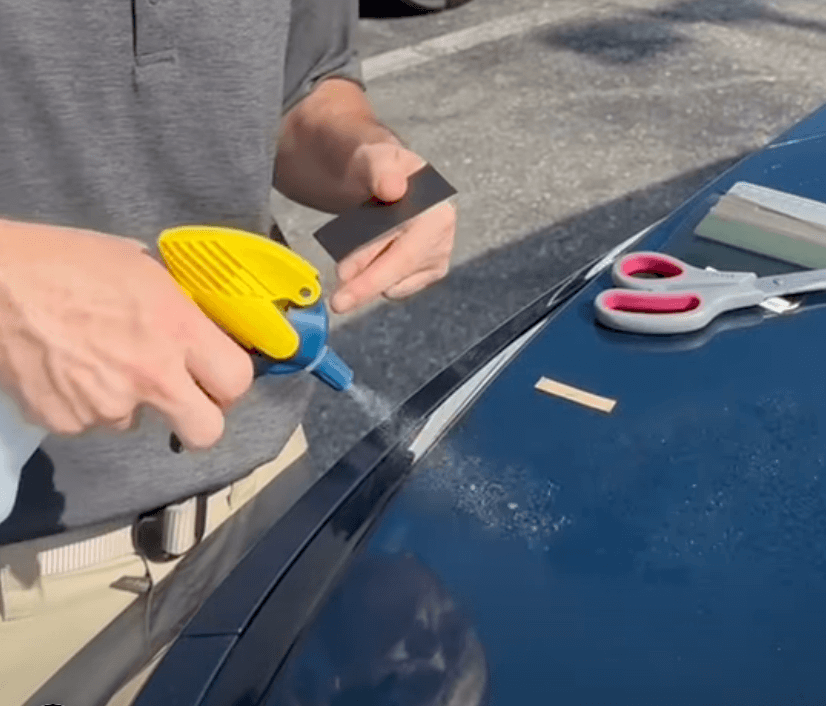
Instead of applying the thermal film dry, it’s recommended to use a wet method. Mix a solution of water and a small amount of soap and wet the surface.
Step 4: Apply the Thermal Film

Carefully place the wet thermal film onto the vehicle’s surface. Use a squeegee to remove the water and smooth out any air bubbles and ensure the film adheres properly.
Step 5: Allow to Dry
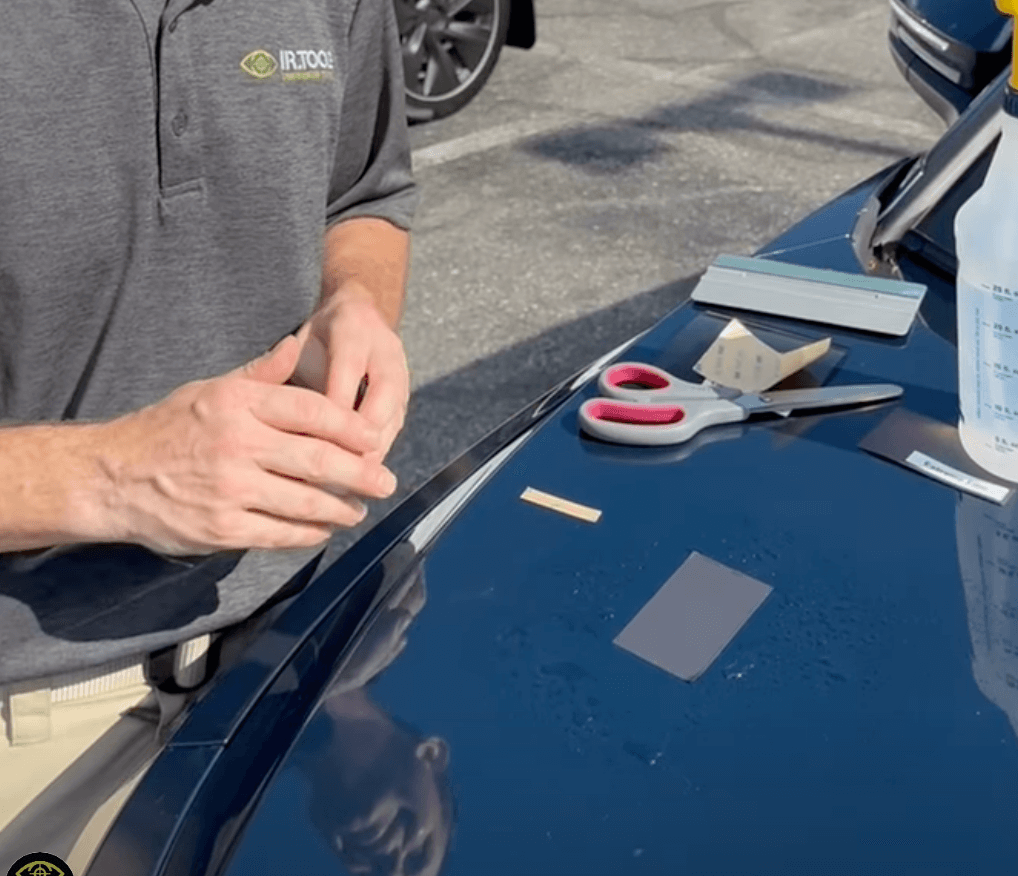
Give the thermal film some time to dry and set. This will ensure a long-lasting, secure application.
That’s How Thermal Film is Installed on the Vehicle (Easy right?!)
With these simple steps, you can have your vehicle outfitted with thermal film, making it easily identifiable to thermal sensors in the sky. The process is similar to installing vinyl decals, so if you’ve done that before, you’ll find this to be a breeze.
You can purchase a thermal decal, or individual extreme thermal decal strips, or individual clear thermal decal strips.
The Author: Tom Boyer

Since 2006, Tom has been the driving force behind IR.Tools, dedicated to delivering top-notch infrared solutions to the military, law enforcement, and sportsmen communities.
What began with a single infrared patch has blossomed into a comprehensive store featuring hundreds of IFF patches, vehicle IFF, an extensive suite of thermal training targets, and tools for drone pilots.
Beyond his innovative products, Tom is passionate about educating users on infrared technology and showcasing how advancements in IR can enhance their operations.
Tom holds an MS in Mechanical Engineering from the University of Maryland and an MBA from Regents University.


